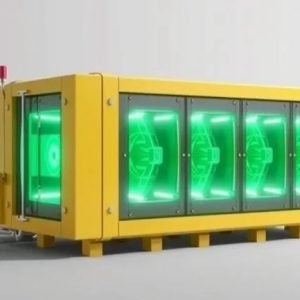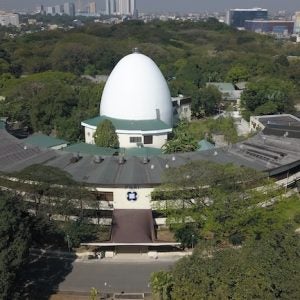The South African Nuclear Energy Corporation (Necsa), and its subsidiary NTP Radioisotopes, have won an award from the U.S. Department of Energy’s National Nuclear Security Administration (NNSA). This award, worth up to US$25 million, is based on the successful commercial scale production of the medical isotope molybdenum-99 (Mo-99) using low enriched uranium (LEU) targets, and will be performed in collaboration with ANSTO of Australia. The total contract is up to $50 million.
Necsa’s Safari 1 and Ansto’s OPAL research reactors are unusual among isotope-producing research reactors in using LEU, rather than HEU, enrichment targets.
The control of HEU, and conversion of research reactors from HEU to LEU production on security and nuclear proliferation grounds become an international governmental priority, and was emphasised at the April 2010 Washington Global Nuclear Security Summit.
“NNSA’s Global Threat Reduction Initiative works with our partners around the world to minimize the use of highly enriched uranium in civilian nuclear applications,” said Ken Baker, NNSA’s Principal Assistant Deputy Administrator of Defense Nuclear Nonproliferation. “This award is part of NNSA’s commitment to developing a sustainable means of producing Mo-99 as part of a global supply network that avoids a single point of failure and does not use HEU.”
NECSA’s Safari 1 converted to LEU in February 2009, said Necsa CEO Rod Adam in a presentation at September 2010’s World Nuclear Assembly in London. The first shipment of Mo-99 was scheduled to be sent on September 29.
In his presentation, he said that the reactor had to double the amount of uranium mass used to produce LEU targets as HEU, in order to get the same amount of U-235. However, once it did so, it found that the uranium-aluminium alloy previously used was unstable, so had to do research and development to move to a uranium-aluminium powder composite. As a result of converting to LEU targets, the process has increased actinide activity and doubled the amount of radioactive waste generated. As a result, he said that the cost to produce medical radioisotopes is 20% higher than before.
But he said that because research reactors are usually government-owned, they are generally operated as global public goods instead of as businesses. As a result, isotope prices have been artificially depressed, he said, to the point where they cannot cover the capital or operating costs of the reactor.
He also said that research reactors using HEU are selling isotopes for less than those that use more expensive LEU targets, such as Safari 1. In addition, the matter is too small-scale to bring to the attention of the World Trade Organisation.
Related ArticlesDOE deal for small reactors at Savannah River GEH signs up National Nuclear Lab to work on Prism






